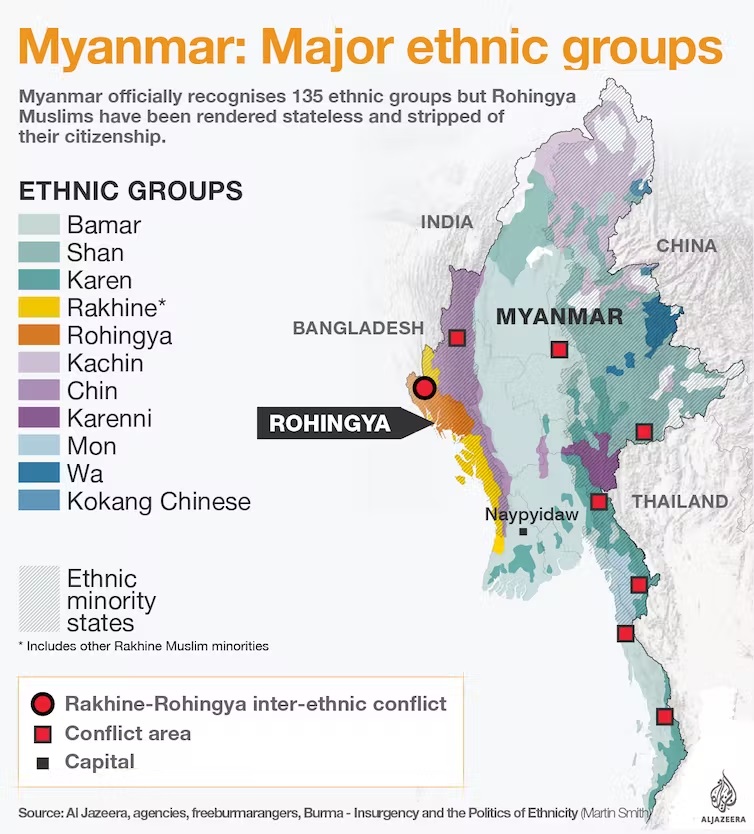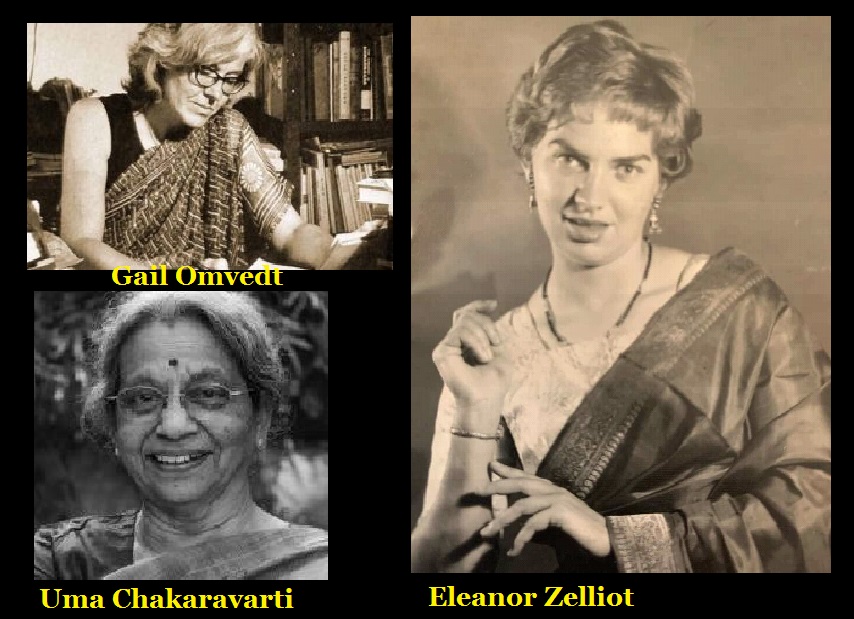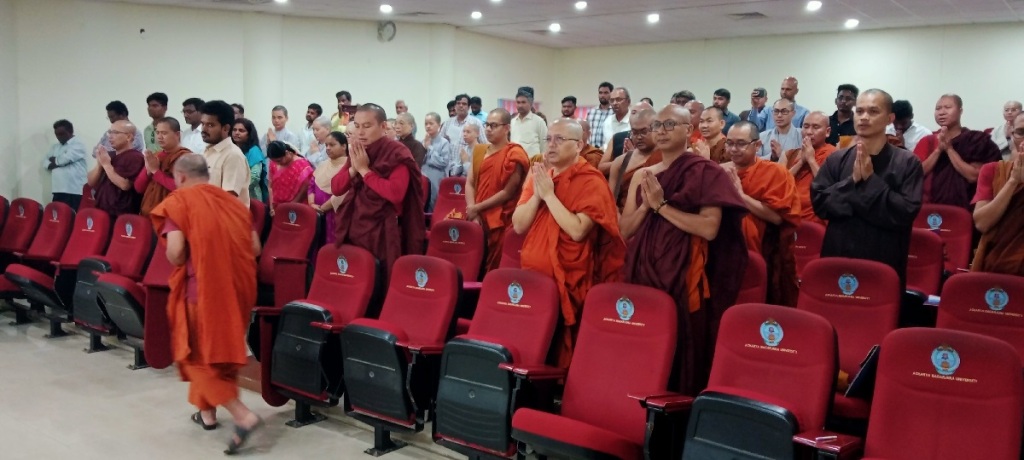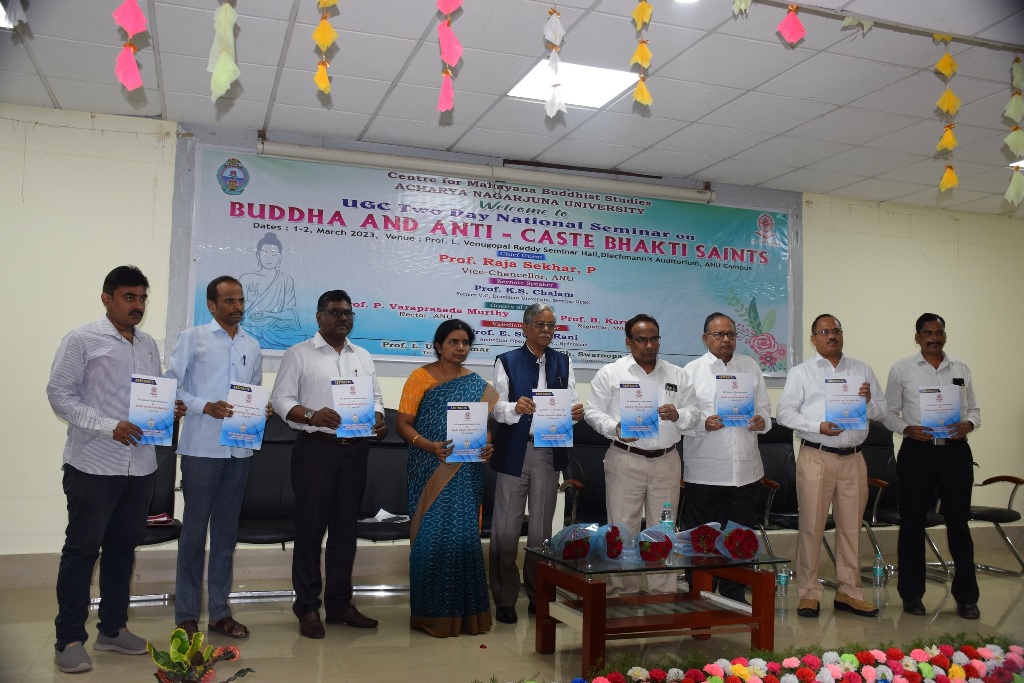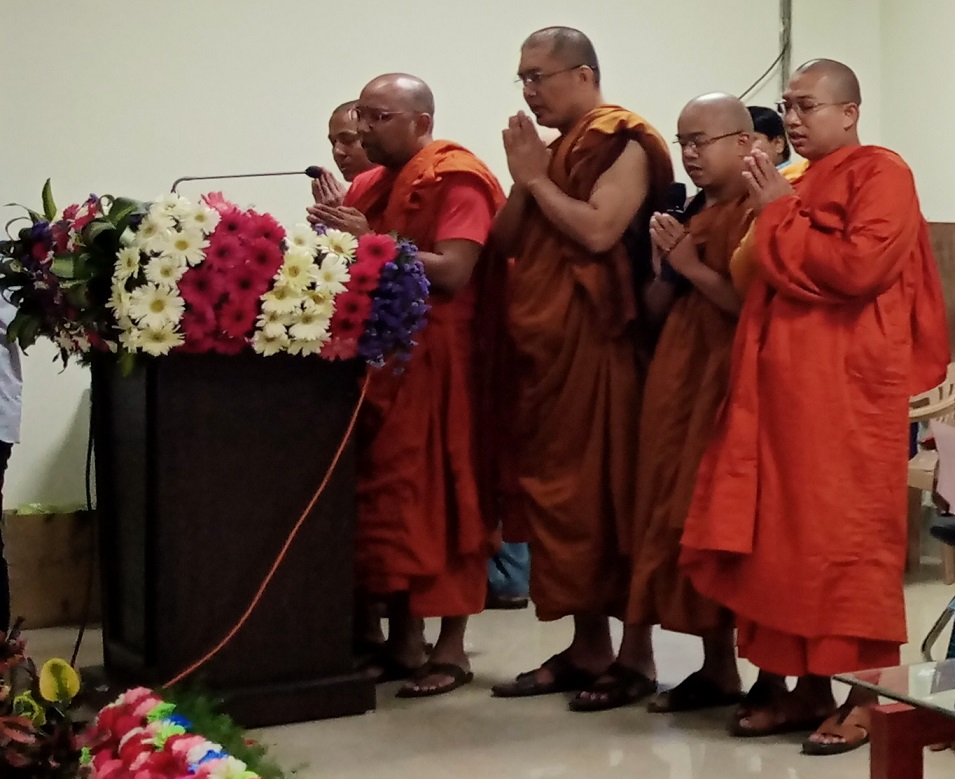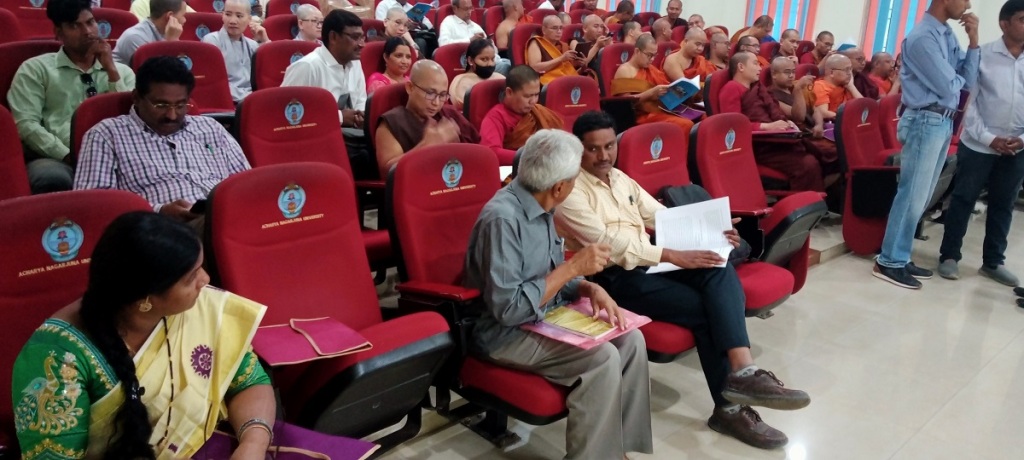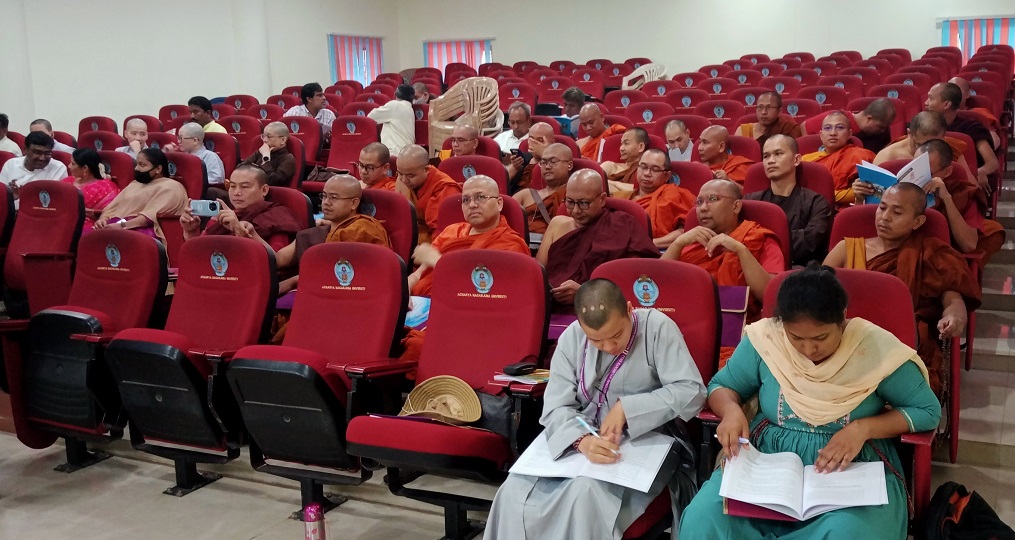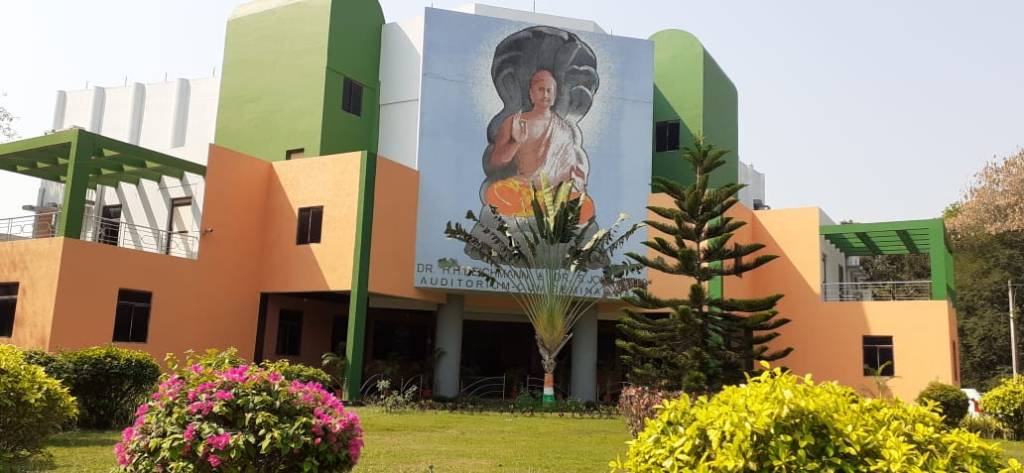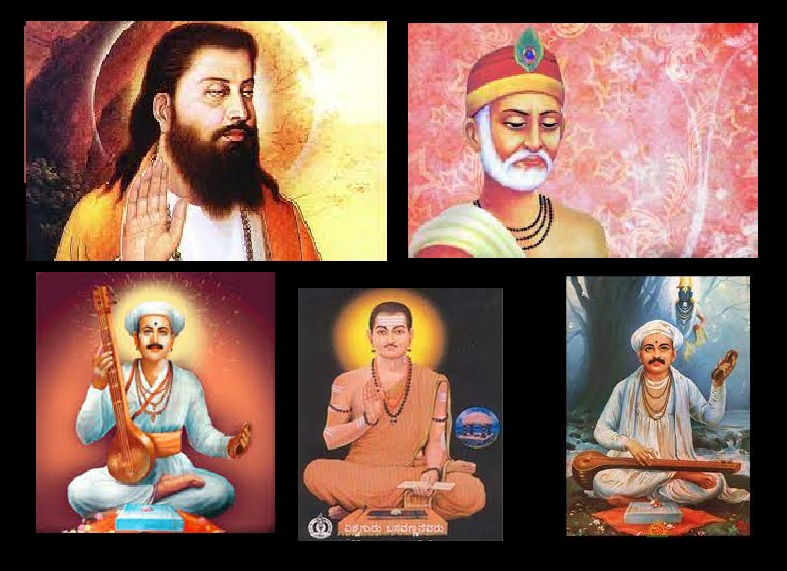The origin, development and importance of Memorial-stones in India (1)
K. V. Ramakrishna Rao, IRS (Retd.,)
Guest Faculty and Research scholar,
Department of Ancient History and Archaeology,
University of Madras, Chepauk, Chennai – 600 005.
Cell: 98402 92065; e- mail: kopallerao@yahoo.co.uk
Stone memorial, rock memorial for the dead: The stones erected whether they were with or without inscriptions and sculptures to commemorate the death or dead persons particularly that of warriors, fighters or soldiers are considered as Hero stones.
- The origin of the commemorative stones are mentioned with different names and expressions – Nadukal, Virakal, Hero-stone, Satikal, Govardhan pillars, Chaya-stambhas, stele, Jaya-stamba, Kirti-stambha etc., in India.
- They are also traced back to megalithic burial practices[1], where the dead were buried or cremated with their favourite goods. Where, the heroes are found to fighting with tiger, horses, elephants, camels etc. Battle field scenes on the land and sea[2] have also been depicted.
- Considering the vast area of India of the ancient period, the location of such sites spread from Central Asia from the west to Cambodia in the east and down south to Sri Lanka.
- During the last 5500 YBP period, many changes have been taken place and therefore, the available material evidence at present and the accounts recorded in the secondary sources have to be relied upon.
- A big or identifiable stone of weight is placed at the place, where the last rites were conducted, so that the spot could be identified, remembered and yearly rites conducted.
- Irrespective of place, culture and belief system, such tradition, and liturgical practices appeared to have been taking place in the world[3].

Hero-stone, memorial stone or stele in the context: For a comparative study, the western practices are also should be taken into consideration. In the Western context, a stele or occasionally stela, is a stone or wooden slab, generally taller than its width, erected in the ancient world as a monument. The surfaces of the stele often have text, ornamentation, or both and they are inscribed, carved in relief, or painted. A traditional Western gravestone (headstone, tombstone, gravestone, or marker) may technically be considered the modern equivalent of ancient stelae. Equally, stele-like forms in non-Western cultures may be called by other terms, and the words “stele” and “stelae” are most consistently applied in archaeological contexts to objects from Europe, the ancient Near East and Egypt, China, and sometimes Pre-Columbian America. Incidentally, India is not mentioned here. A comprehensive and integrated study of the memorial stones is made, the connection among them could be noted. As this is depended upon the religious beliefs like soul, transmigration of soul, life after death, rebirth, karma and other related issues, generally, such belief system points to the East. It is well known that Hindu, Buddhist and Jains believed in them. As Buddhism was dominant during the first centuries and spread far and wide throughout the world, such ideas were also spread along with them[4]. The Pythagorean, Aesop’s fables[5] and other connections have already been accepted by the scholars[6]. Through Pythagoras, the concept soul, transmigration of soul etc., were transmitted to the west[7]. Thus, the commonality can be noted in the global perspective, in the memorial stone erection culture also.

Stone usage continues from Paleolithic to 21st century culture: Stone, forms of stone, stone structures, stone implements etc., have been a common feature of Indians used even today in 21st century. The grinding, crushing, pounding and milling processes are carried on by stones only, but with various forms and fitted with mechanical, electro-mechanical systems for mechanization. Domestic electrical appliances like – Mixies and grinders have been changing their names, sizes, shapes, colours and technology (mechanical, electrical, electronic), but stone cannot be replaced with any other thing[8]. Grinding characteristics of raw and parboiled rice were evaluated in various wet grinding systems, namely, mixer grinder, stone grinder and colloid mill[9]. The rotation of the stone is made vertical or horizontal with one or two or more rotating stones, but, stones continue to form part and parcel of such Domestic electrical appliances. Now, miniaturized kitchen stone tools are also made and sold in the market. Thus, the usage of stone has been part and parcel of man since the Paleolithic age.

Lithic form and size may vary, but purpose did not change: Coming to burial, the other forms are studied. A menhir, standing stone, orthostat, or lith is a large upright stone also comes under this category. Here, menhir = man + hir = man + tall = tall man or man of repute, thus, a person did something marvellous and thus to be remembered. In the European context, they are called as cromlech (ring of standing stones), dolmen[10] (type of single chamber megalith tomb), henge (type of Neolithic earth work), stone circle etc., conveying and denoting the same depending upon the language and area. As the Paleolithic man and society also believed that man had rebirth and he would be reborn etc., they arranged such stone structures aligning with the cardinal points. Or the sacrificial days had to be remembered once or twice in a year and thus, the near and dear used to come there and pay homage to their fathers, forefathers etc. In Buddhist rituals, stone circles were used that is pointed out below. As these structures continued to exist for many millions or thousands of years, they would have been subjected to disturbances. Particularly, the grave goods would have been taken away by the categories of tomb raiders and grave looters. Whatever left was discovered by the local village people and archaeologists and studied by the researchers.

For whom the stones were erected?: Researchers on Hero-stones have studied about the cause of erecting memorial stones for the people as follows[11]:
- people who died to protect their livestock from theft; while retrieving it after the attack
- people involved themselves were killed in cattle raiding
- people who died while defending their community and ruler from external attack; people died on the onslaught of a stronghold
- people who died to defend women and children
- people devoured by wild animals, most commonly tigers;
- people who freed the village from the threat of wild animals and died thereafter,
- people who died after a snake bite
- people who committed religious suicide
- women who died in pregnancy or childbirth / suicide victims.
- The warriors / soldiers who sacrificed their lives for saving their villages, towns, state, or territories.
For all these categories, hero-stones / memorial stones were erected and venerated to glorify their sacrifice.
© K. V. Ramakrishna Rao
09-05-2024

[1] The Megalithic burials have pits or stone chambers or rock-cut chambers or urns or sarcophagi, etc., externally marked by either one or a combination of more than one of the features like cairn-heap, cairn-circle, stone-circle, kodakkal, topikkal, menhir, etc., and some of the burial types like dolmen are partly buried and partly above the ground and pit burials and urn burials, in some cases, do not have any surface markers. At several sites monuments such as menhirs, kodakkals and dolmens are without any artefactual remains and appear to be symbolic.
[2] The hero stones kept at the Archaeological Museum, Old Goa, Goa (12th century CE) and Eksar (11th century CE) in Mumbai have the depiction of naval warfare. The Old Goa hero stones belong to the Goa Kadambas who ruled Goa from 950-1300 CE. The Eksar hero stones were depicted during the reign of king Bhoja of Malwa in 1020 CE.
Tripati, Sila. Ships on hero stones from the west coast of India, International Journal of Nautical Archaeology 35.1 (2006): 88-96.
[3] Construction of tomb, tomb worship etc., of the day have not changed much with all modern day embellishments, as the stone parts of the tomb are manufactured in the factories with sophisticated machinery.
[4] Pococke, Edward. India in Greece; Or, Truth in Mythology... Griffin, 1856.
[5] Aesop’s Fables, or the Aesopica, is a collection of fables credited to Aesop, a slave and storyteller who lived in ancient Greece between 620 and 564 BCE and they were imitated from the Panchatantra stories of India.
[6] Richrd von Garbe, The Philosophy of Ancient India (2nd ed.; Chicago: The Open Court Publishing Company, 1899).
…………………………, India and Christianity: An Investigation of Religious and Historical Connections, Tübingen, Germany: Verlag von J. C. B. Mohr (Paul Siebeck), 1914.
[7] Arthur B. Keith, The Religion and Philosophy of the Vedas and Upanishads, ed. C. R. Lanman nHarvard Oriental Series,” Vol. XXXII; Cambridge: Harvard University Press, 1925).
[8] The manufacturers of mixies and grinders of different categories have R & D sections, where research has been going on about the usage of stones, their sizes and shapes, weight etc. The body might have been changed with metal sheet, plastic, fibre-glass and other materials for cost-effective, the stones cannot be replaced.
[9] Sharma, P., Chakkaravarthi, A., Singh, V., & Subramanian, R. (2008). Grinding characteristics and batter quality of rice in different wet grinding systems. Journal of food engineering, 88(4), 499-506.
[10] A dolmen or portal tomb is a type of single-chamber megalithic tomb, usually consisting of two or more upright megaliths supporting a large flat horizontal capstone or “table”. Most date from the Late Neolithic period (4000–3000 BCE) and were sometimes covered with earth or smaller stones to form a tumulus (burial mound). Small pad-stones may be wedged between the cap and supporting stones to achieve a level appearance.In many instances, the covering has eroded away, leaving only the stone “skeleton”.
[11] Trinco, Letizia. Heroes Beyond the Texts: Sacrifice, Death, and After life, in the Iconography of Southern Maharashtra’s Hero-Stones.” Indologica Taurinensia 40 (2014): 341-363.
Filed under: academic, agrarian, agriculture, anteshti, Appukkallu, archaeological remains, archaeological sites, archaeology, Ariyar, artefact, artifact, Aryan, asterism, atma, bharat, Brahmi, Brahmi script, brahmin, broken parts, bronze age, Buddhist, buddhist claim, cairn, cattle, cattle keepers, cattle raiders, ceramic, colonial, conflict, date, death memorial, Dramila, Dravida, Dravidam, dravidar, Dravidi, Dravidian, Harappa, Heaven, hero stone, hero-stone, memorial stone, nadukkal, Sangam, Sangam literature, satikkal, stone, tamil, Tamil Brahmi, tamil chauvinism, tamili, tamizhi, terracotta, terracotta figurine, theistic, tomb, Veda, virakkal, votive, wheel | Tagged: archaeology, atma, body, burial, burial site, cremation, death, europe, hero stone, hero-stone, hero.stone, history, ireland, life after death, masakti kal, memorial for death, memorial stone, sati, sati kal, soul, stone, transmigration, transmigration of soul, travel | Leave a comment »


































































